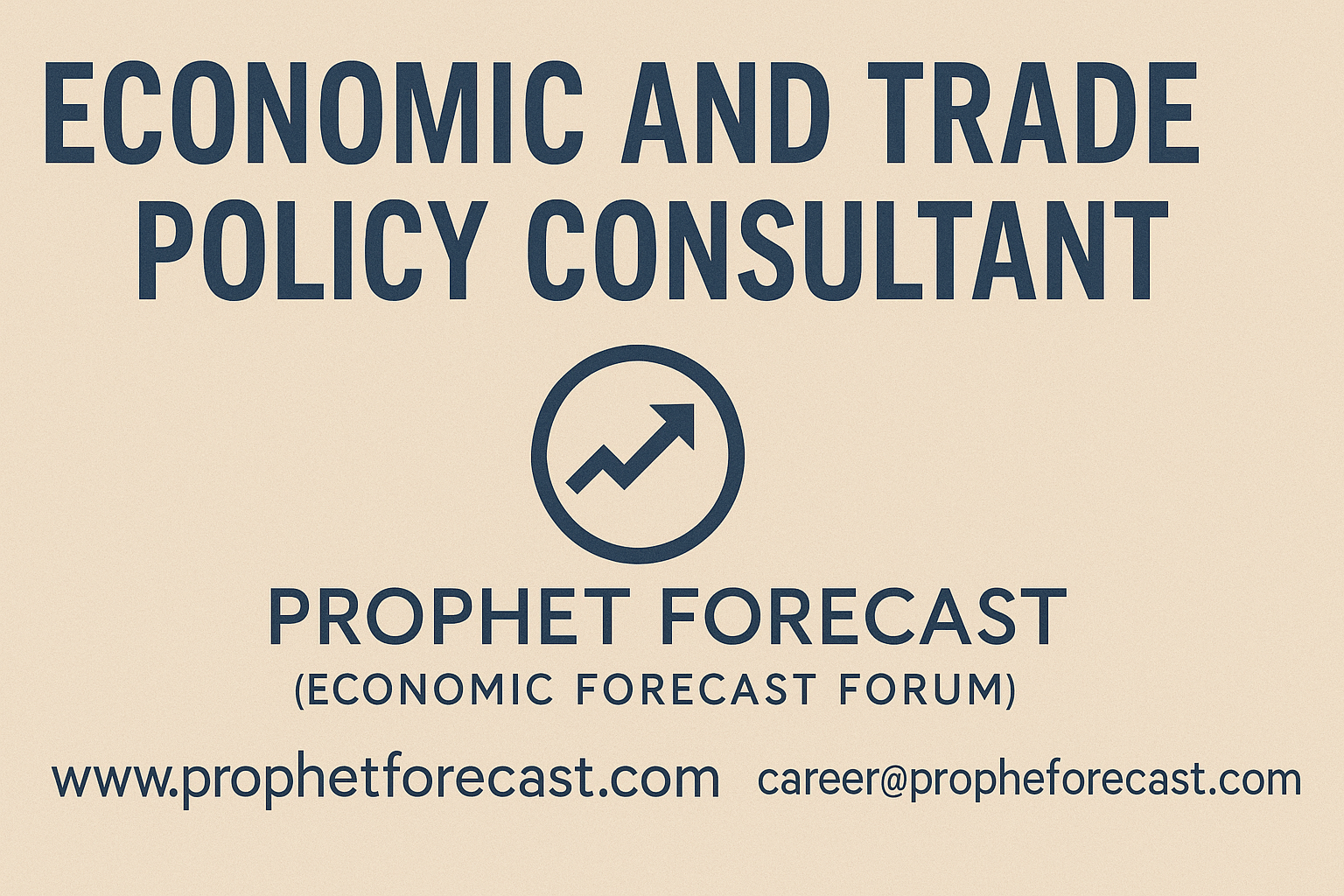The ongoing trade tensions between the U.S. and China, fueled by tariffs, have continued to create ripples in the global economy. While these trade wars were initially sparked during Donald Trump’s presidency in the late 2010s, their effects still linger in 2025, with significant implications for the U.S. economy.
The Trump Tariff Trade War and Its Legacy
When the U.S. imposed tariffs on Chinese goods in an effort to address trade imbalances and protect domestic industries, the intention was to reduce reliance on foreign products and stimulate local manufacturing. However, by 2025, the economic repercussions of these measures have become evident.
- Increased Costs for U.S. Businesses and Consumers: Tariffs directly raise the cost of imported goods. For many U.S. companies relying on Chinese-made products, these tariffs have led to higher production costs, which are often passed on to consumers. This has particularly impacted industries like electronics, machinery, and consumer goods. In turn, these price hikes contribute to inflationary pressures, affecting everyday American consumers.
- Disrupted Supply Chains: U.S. companies that rely on Chinese manufacturing or intermediate goods have faced supply chain disruptions due to tariff policies. This has created delays, reduced the availability of goods, and increased operational costs. As many U.S. businesses were heavily dependent on China for materials and finished products, shifting to alternative suppliers has proven to be both costly and time-consuming.
- Trade Deficit Issues: The trade deficit, which Trump sought to reduce by imposing tariffs, has not improved in the way many had hoped. While tariffs have led to some shifts in trade patterns, the overall deficit persists, as U.S. imports from other countries continue to fill the gap left by Chinese goods.
The 2025 Impact: Has the U.S. Economy Suffered?
The effects of the trade war’s ongoing tariffs on the U.S. economy in 2025 are mixed:
- Agricultural Sector Struggles: U.S. farmers, particularly those producing soybeans and other products frequently exported to China, have seen a decrease in demand due to retaliatory tariffs. Although some relief packages have been introduced, long-term market instability has hurt agricultural exports.
- Manufacturing Faces Stiff Competition: While some U.S. manufacturers may have been encouraged to move production back to the U.S., the costs of doing so are often prohibitive. With manufacturing in other countries becoming more competitive, U.S. industries continue to face stiff competition in global markets.
- Financial Market Uncertainty: Tariffs and trade wars introduce uncertainty, which can affect investor sentiment. The volatility in international relations can discourage long-term investments, especially in sectors reliant on global supply chains or international markets.
The Road Ahead: Finding a Way to Navigate the Tariff Landscape
While it may seem that the U.S. economy is currently struggling due to these tariffs, there are opportunities for businesses to adapt and thrive. One way forward could be to focus on diversifying trade partners. As tariffs on Chinese goods remain high, U.S. businesses are increasingly turning to countries like Vietnam, Mexico, and India for alternative sources of manufacturing.
Additionally, the role of trade agents, such as sourcing and import agents, will be crucial in navigating these challenging waters. By working with agents who have expertise in managing trade disputes and understanding tariff policies, U.S. businesses can mitigate some of the negative effects of these tariffs and streamline their import/export processes.
Conclusion
While the Trump-era tariffs have undoubtedly posed significant challenges to the U.S. economy, particularly in sectors reliant on Chinese imports, businesses that can adapt to this new trade landscape are still in a position to thrive. Navigating the complex world of tariffs requires careful planning, diversification, and, in many cases, the expertise of sourcing agents who can help mitigate costs and find reliable suppliers in a shifting global market.

